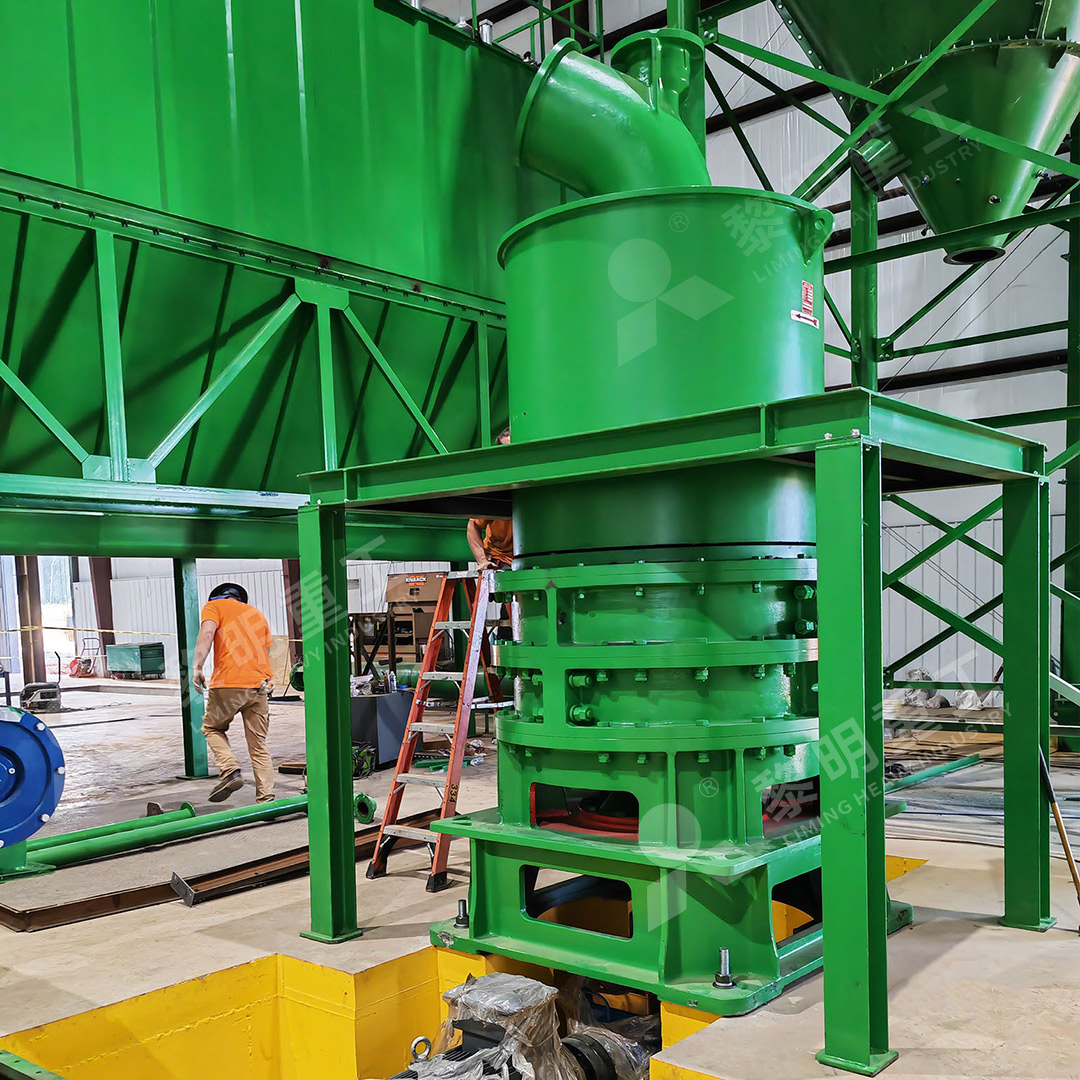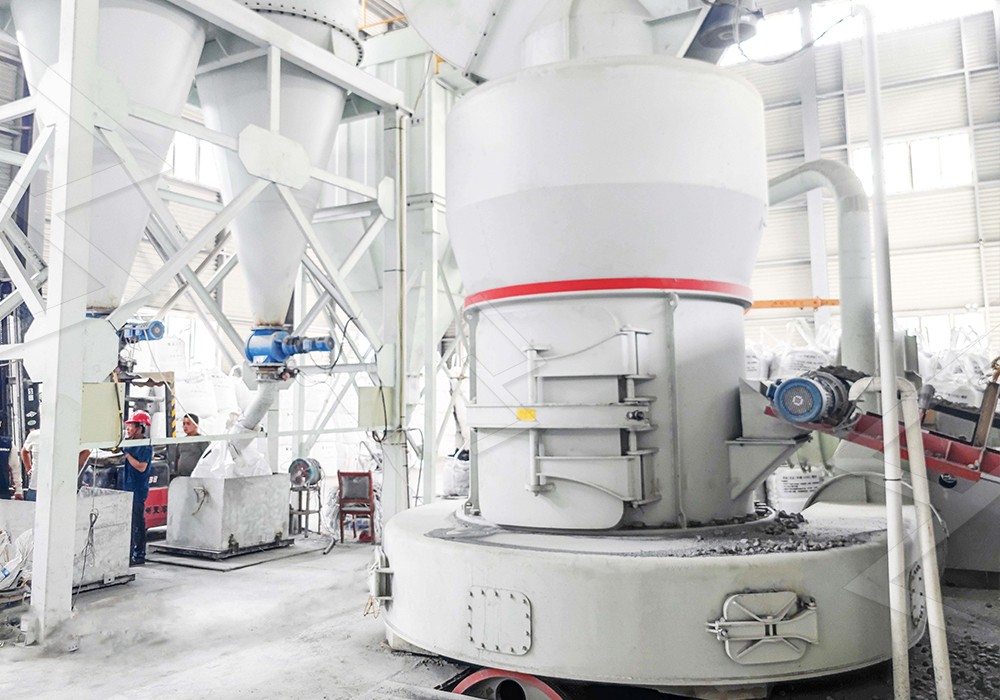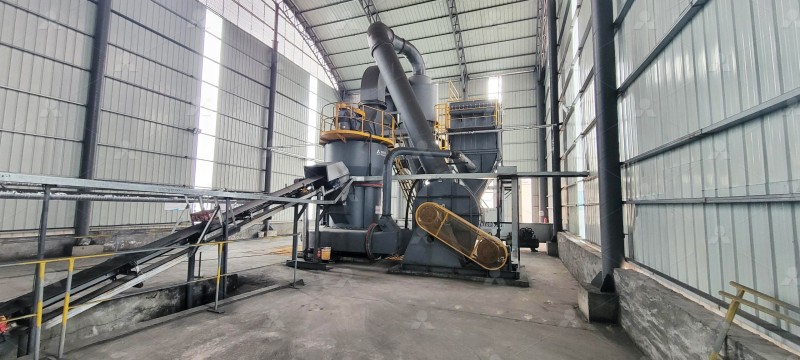Which Grinding Mill is Best for Processing Stone Powder?
Which Grinding Mill is Best for Processing Stone Powder?
Selecting the right grinding equipment for stone powder production can be challenging given the numerous options available. The ideal mill depends on your specific requirements for fineness, capacity, material characteristics, and operational efficiency. Let’s explore the key considerations and highlight some superior solutions.
Stone powder applications span various industries, from construction materials to pharmaceuticals, each demanding specific particle sizes and purity levels. The hardness, moisture content, and abrasiveness of your raw material significantly influence equipment selection.

Key Factors in Mill Selection
When choosing a grinding mill for stone powder production, consider these critical aspects:
- Required Fineness: Different applications demand specific mesh sizes, from coarse aggregates to sub-micron powders
- Production Capacity: Your throughput requirements directly impact mill size and configuration
- Energy Efficiency: Operating costs heavily depend on power consumption per ton of output
- Environmental Compliance: Dust control and noise reduction are increasingly important
- Maintenance Requirements: Equipment downtime affects overall productivity
Advanced Grinding Solutions
Among the various technologies available, ultra-fine grinding mills have revolutionized stone powder processing. These advanced systems deliver superior particle size control while optimizing energy usage.
For operations requiring exceptionally fine powders between 325-2500 meshes, the MW Ultrafine Grinding Mill represents a technological breakthrough. This innovative equipment processes materials with input sizes up to 20mm and capacities ranging from 0.5 to 25 tons per hour. Its intelligent design eliminates rolling bearings and screws within the grinding chamber, addressing common failure points that plague conventional mills.
The MW series incorporates German cage-type powder selector technology, ensuring precise particle separation with screening rates achieving d97≤5μm in a single pass. What truly sets this mill apart is its remarkable efficiency – delivering 40% higher production capacity than jet mills and stirred mills at equivalent fineness and power consumption, while using only 30% of the energy required by jet milling systems.

Environmental and Operational Advantages
Modern grinding operations must address environmental concerns without compromising productivity. The MW Ultrafine Grinding Mill integrates efficient pulse dust collection and noise reduction systems, ensuring compliance with stringent environmental standards while maintaining continuous 24-hour operation.
External lubrication systems allow maintenance without shutdowns, while digital manufacturing processes guarantee precision machining of core components. This attention to detail translates to reliable performance and reduced lifetime operating costs.
Versatile Applications
This technology handles diverse materials including limestone, calcite, dolomite, gypsum, barite, marble, talc, and various industrial minerals. The resulting powders serve critical functions in chemicals, paints, cosmetics, pharmaceuticals, and food additives where consistent quality is paramount.

Making the Right Choice
While traditional ball mills and Raymond mills still have their place in specific applications, ultra-fine grinding technology offers compelling advantages for modern stone powder production. The MW series represents the culmination of years of engineering refinement, delivering unmatched efficiency, reliability, and environmental performance.
Before finalizing your equipment selection, consult with technical experts who can analyze your specific material characteristics and production requirements. The right investment today will yield dividends in operational efficiency and product quality for years to come.
Frequently Asked Questions
What is the typical energy savings compared to traditional ball mills?
The MW Ultrafine Grinding Mill reduces energy consumption by approximately 70% compared to traditional ball mills while doubling production capacity at the same fineness level.
How fine can the MW Ultrafine Grinding Mill process materials?
This mill achieves fineness between 325-2500 meshes, with the ability to reach d97≤5μm in a single pass through its advanced separation system.
What maintenance features reduce operational downtime?
The absence of rolling bearings and screws in the grinding chamber eliminates common failure points, while external lubrication allows maintenance without production stoppages.
How does the mill handle environmental regulations?
Integrated pulse dust collectors and mufflers ensure dust-free operation and noise reduction, exceeding national environmental protection standards.
What materials can be processed with this technology?
The mill handles various non-metallic minerals including limestone, calcite, dolomite, gypsum, barite, marble, talc, and petroleum coal, among others.
